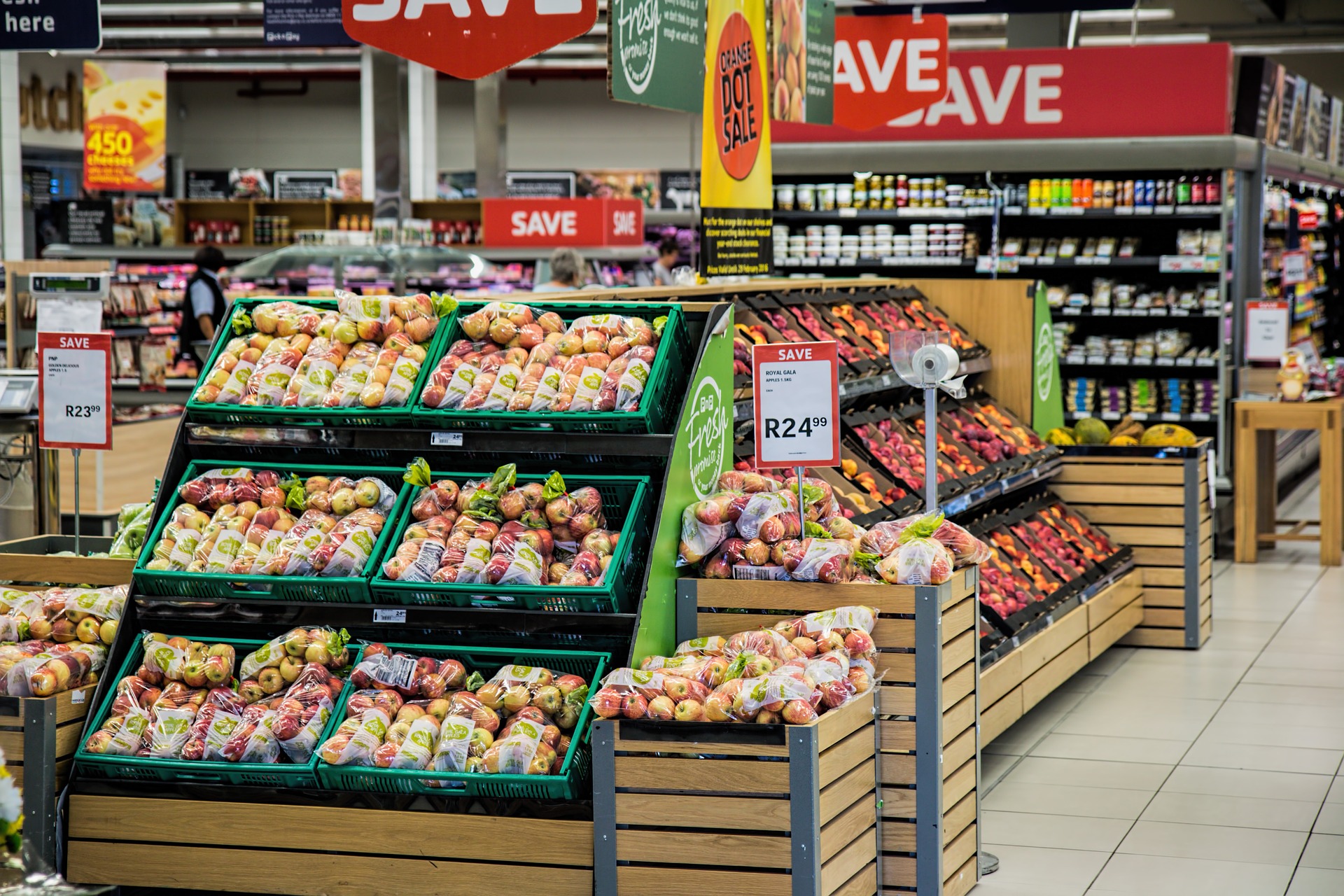I have retail in my blood, so it may not be too surprising that I’ve spent much of my career focused on retail, grocery and CPG technology. Mom retired from the Sears credit department back when Sears was a healthy, viable company that was well-respected in the industry. Dad spent his career at the U.S. Postal Service but always had a part-time job in a grocery store or meat market for as long as I can remember.
They’d both be fascinated by the rapid changes in retail and grocery, especially Dad, who was intrigued by Jeff Bezos way back when Amazon was merely an online bookseller. So, with Father’s Day just around the corner, it seems only appropriate to focus on the huge changes in the grocery industry that Dad always had his foot in.
The Rise of Online Grocery
Here’s a sampling of some recent data points that underscore the magnitude of those changes:
- Online grocery sales will reach 20% of total grocery retail by 2025, climbing to $100 billion in consumer sales, according to a study by the Food Marketing Institute, conducted by Nielsen. Amazon is the clear leader here, with 18% percent market share and $2 billion annually in online food and beverage sales. Dad would, no doubt, be surprised that the online bookseller, now the giant of online retail, is Disruptor #1 in today’s grocery industry.
- The same report notes that 1 in 4 U.S. consumers are buying some of their groceries online, and more than 70 percent will participate in online grocery shopping within 10 years. Click and collect numbers are higher, according to Nielsen Homescan data, although frequency is low, which Nielsen believes makes sense, since it’s a new service.
- Of those shoppers buying online, Coresight Research notes that 51% opted to pick up at the store through click and collect, while the rest chose to have their groceries delivered.
- Online shopping isn’t just about small orders, either. Fung Global Research notes that online grocery will increasingly capture larger orders. (As I write, our office just received a “pantry loading” Instacart order with snacks, breakfast foods and more Amy’s frozen dinners than you can count, ensuring that KG’ers don’t go hungry.)
- Brick-and-mortar grocery isn’t being left behind, either. Our client, Symphony RetailAI, pinpointed some of the trends that are reshaping traditional grocers in its Supermarket 2020 findings: displacing center-aisle items with prepared foods, where shoppers spend 3X-4X more than other areas; farmer’s markets in every store, featuring local produce; reducing the number of aisles in each store and focusing on highly curated items, with an endless aisle available online; and a higher proportion of private label goods.
Back to Basics
Would Dad recognize today’s fast-changing supermarket? I think he would – after all, these changes are all about offering shoppers an increasing array of choices for where, when and how they purchase groceries and other essentials. Ketner Group is fortunate to work with a number of clients that are helping shape the modern grocery industry, including Mercatus, GK Software, Symphony RetailAI, Displaydata and others. It’s one of the most fascinating, and fast-changing, segments in retail today.
In a sense, I believe that all the advancements in technology are helping bring grocery stores around full circle, to a day when grocers knew their local customers and catered to them. Who needed Instacart in the ‘60s? Several of my family’s local grocers in Wichita Falls offered home delivery to customers – you’d simply phone in your order, then pay your tab at the end of the month. Credit checks? No need for them; Kouri’s Grocery, for example, knew its best customers by name.
Today’s new grocery technologies are helping bring back an era of greater personal service. Of course, it’s impossible for regional grocers to know every customer by name. But online shopping, personalization and mobile apps help create a deeper level of customer knowledge, along with offers that can be fine-tuned to each shopper. These technologies are also helping regional grocery chains compete against the likes of Amazon and Walmart, helping ensure that they stay relevant. I think Dad would approve.

